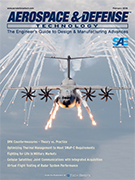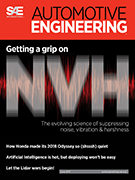Journal Article
A Distributed “Black Box” Audit Trail Design Specification for Connected and Automated Vehicle Data and Software Assurance
2020-10-14
Abstract Automotive software is increasingly complex and critical to safe vehicle operation, and related embedded systems must remain up to date to ensure long-term system performance. Update mechanisms and data modification tools introduce opportunities for malicious actors to compromise these cyber-physical systems, and for trusted actors to mistakenly install incompatible software versions. A distributed and stratified “black box” audit trail for automotive software and data provenance is proposed to assure users, service providers, and original equipment manufacturers (OEMs) of vehicular software integrity and reliability. The proposed black box architecture is both layered and diffuse, employing distributed hash tables (DHT), a parity system and a public blockchain to provide high resilience, assurance, scalability, and efficiency for automotive and other high-assurance systems.










